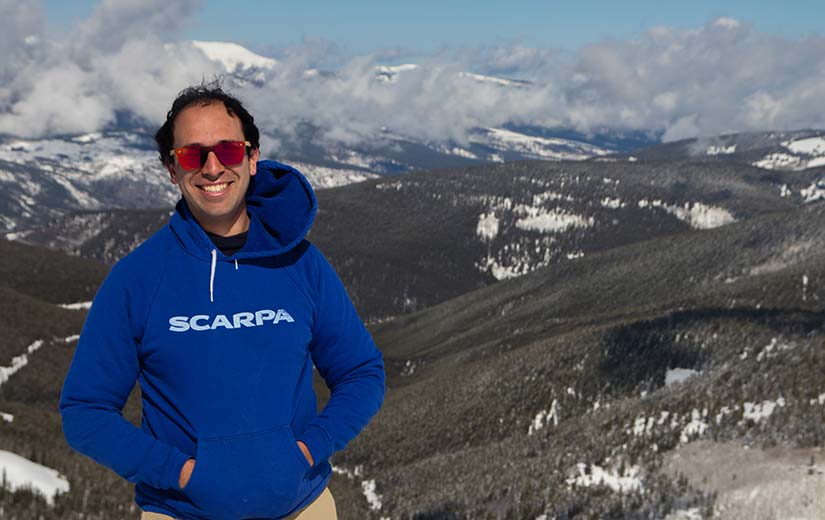Q&A With Tarek Elgindy on SMART-DS: Texas-Sized Grid Modeling for Renewable Resource Integration
Since joining the National Renewable Energy Laboratory (NREL) as a summer intern in 2015, Tarek Elgindy has since become a key engineer, developing SMART-DS: Synthetic Models for Advanced, Realistic Testing: Distribution Systems and Scenarios through the Power Systems Engineering Center. Elgindy spoke with us about his journey at NREL and how SMART-DS is producing gargantuan modeling data that will help the 100-year-old electrical grid integrate safely with today’s distributed energy resources.

What is SMART-DS? Could you define it in your own words?
The idea of SMART-DS is to provide electricity distribution grid models that represent realistic systems. SMART-DS uses data from numerous utilities and organizations to develop grid models produced at a scale large enough that we can do extremely extensive power flow simulations with multiple substations connected, covering entire cities. It is impossible to do this within a hardware setting at the scales we are talking about. With SMART-DS software, we can run models of what happens when distributed energy resource (DER) devices interact with each other and the grid. Systems of this scale have never existed before. The idea of SMART-DS is to have next-generation models we can use as we are facing different sorts of grid integration challenges in the future.
How did you become involved in the project?
I first joined the SMART-DS project as a junior developer, working for Bri-Mathias Hodge and Bryan Palmintier, the original principal investigators. As time has gone on, I’ve been assimilated into the project and learned an enormous amount about distribution systems through work on SMART-DS. We have received a lot of real data from utilities and have built a lot of tools to process that data and understand what real systems look like.
Tell us about SMART-DS and Texas.
The next phase of the project is to integrate distribution models with a transmission model. So, we are building a transmission and distribution data set for the entire state of Texas. This is several orders of magnitude greater than anything that has ever existed before. SMART-DS is modeling every single home in Texas, connecting to the power lines on its streets, and then connecting that information to substations. This project will provide a level of data that will allow many different types of simulations to occur. For example, we could break off small sections of the network and run power flows just in the Houston area. Or, with the right computational resources, we could run it for the whole state. We can’t exactly run simulations like this on a laptop, and that’s where the Energy Systems Integration Facility HPC Eagle supercomputer comes in for co-simulating all those processes.
This kind of large-scale modeling allows us to look at what certain dispatchers might be doing for power flow or how distribution impacts transmission problems that exist and what impact DERs might have. Data sets like this provide the tools and means for people to find out what happens when you start to connect distribution resources to the transmission system and how they interact with each other. There are a lot of open questions that are not yet fully understood.
What are the most significant challenges about integrating the grid with renewable resources?
We now have lots of distribution resources interacting with the transmission grid—that is not how the transmission grid was designed 100 years ago. It was designed to have huge generators, far away from everyone, that conveyed power all the way down to customers. Now we see reverse power flow situations, where sometimes enough power is generated from people’s homes that the power is feeding back into the transmission grid. The grid was never designed to do this. And it can be very dangerous to start doing experiments on real power grids. SMART-DS provides the modeling resources to understand what the impacts of situations like that are before they happen and helps us learn the best practices and standards to apply, so we can see the distributed energy transition occur as smoothly as possible.
What do you like to do outside of NREL?
I like learning new things and enjoy picking up one hobby after another. I’m from Australia, but now I’ve taken up all the Colorado things. I’ve slowly picked up skiing, rock climbing, hiking, etc. I enjoy meeting people who really embrace Colorado’s outdoor lifestyle.
Last Updated May 28, 2025
